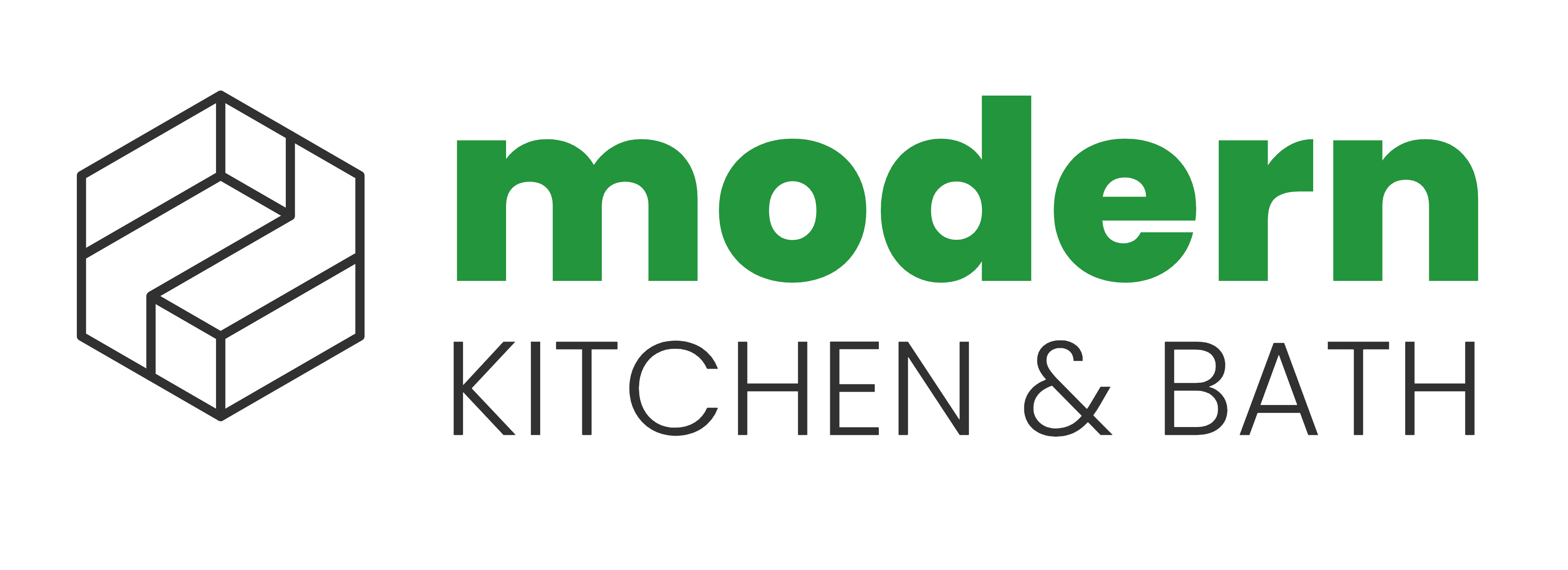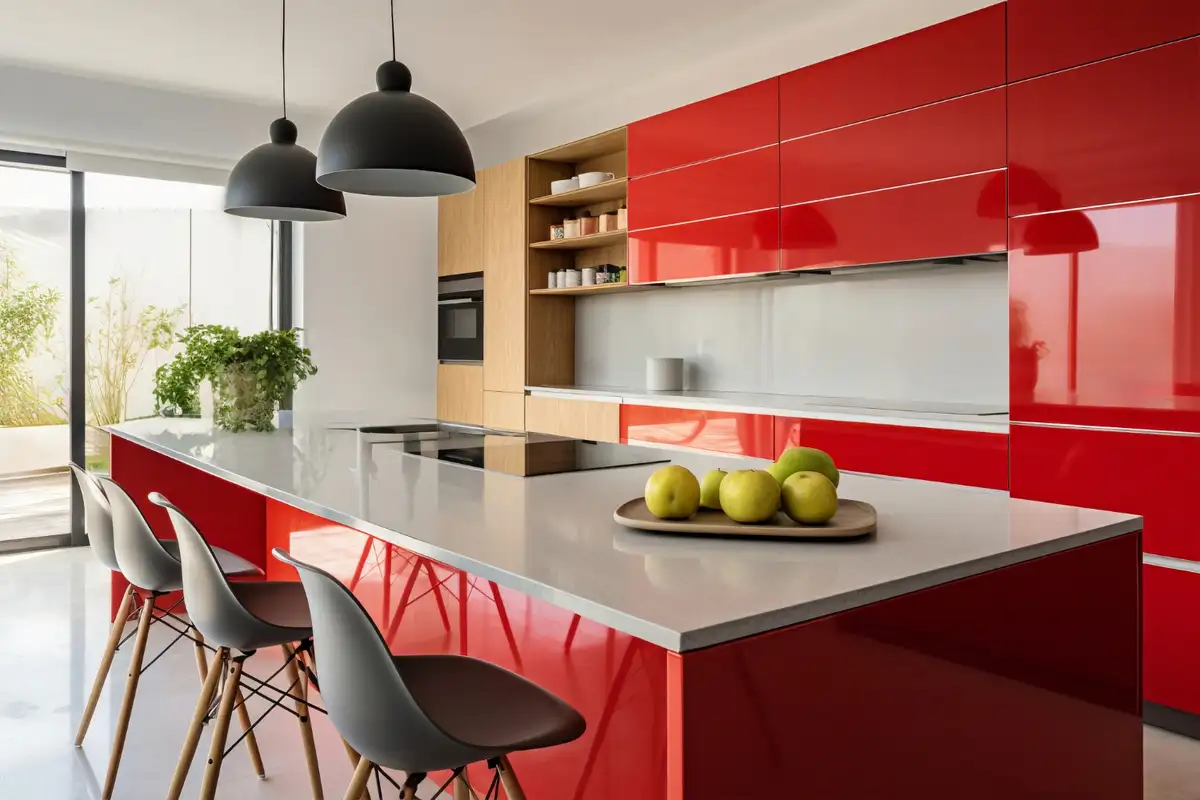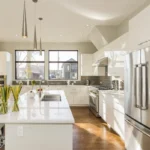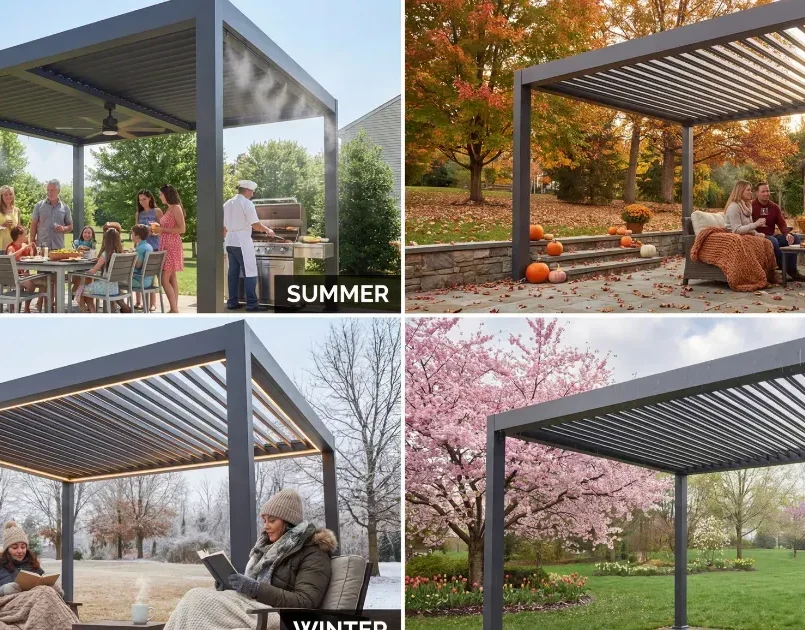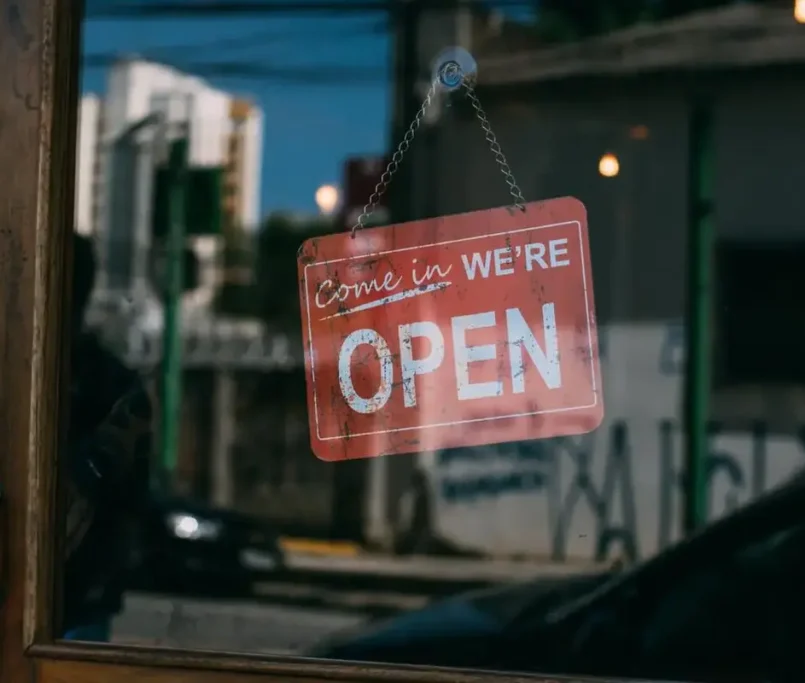Giving your kitchen a fresh, stylish look doesn’t always mean a full renovation. A quicker and more budget-friendly option is kitchen cabinet refacing, where you keep the existing cabinet structure but update the doors, drawer fronts, and surface finishes.
It is an ideal choice if your cabinets are still in good shape but look outdated. Learning how to reface kitchen cabinets can help you decide whether it is a DIY project or one best left to professionals.
This simple upgrade can dramatically transform your kitchen’s appearance, often without the mess and expense of a complete kitchen remodel. But before jumping in, it is important to understand the process, materials, costs, and how long it typically takes.
Whether you are curious about available design options or wondering how to keep your refaced cabinets looking great, this guide covers all the essentials to help you make a smart decision about refreshing your cabinets.

What is Kitchen Cabinet Refacing?
Kitchen cabinet refacing is about updating the exterior surfaces of your cabinets, meaning replacing doors and drawer fronts, and applying new veneers to the existing boxes. With this method you can retain the cabinet structure while giving your kitchen a refreshing look, this makes it a cost-effective alternative to complete cabinet replacement.
How to Reface Kitchen Cabinets?
Refacing kitchen cabinets is a practical way to renovate your kitchen without the expense of a full remodel. Here is how you can do it:
1. Assess your Kitchen Cabinets Condition
First of all, make a thorough inspection whether your cabinet boxes are structurally sound or not. Cabinet resurface can be an ideal option when the framework is in good shape.
2. Remove Doors and Hardware
Now carefully take off your cabinet doors, drawer fronts, and all hardware. Label each piece so it can help you to reassemble later.
3. Clean Surfaces
You must thoroughly clean the cabinet boxes to remove grease and grime. A clean surface is helpful in better adhesion of new materials in your kitchen.
4. Repair and Sand
Fix any minor damages and defects and sand the surfaces lightly to create a smooth base for the veneer.
5. Apply Veneer
Now cut the veneer to size and apply it to the cabinet boxes using a strong adhesive. You must press firmly to eliminate air bubbles created.
6. Install New Doors and Drawer Fronts
Carefully attach the new doors and the drawer fronts of the cabinets, make sure they align properly.
7. Add New Hardware
Finally Install new knobs, handles, and hinges to complete the refacing of your kitchen cabinets.
While refacing kitchen cabinets can be a DIY project for those with the necessary skills, hiring a professional can ensure a flawless finish.
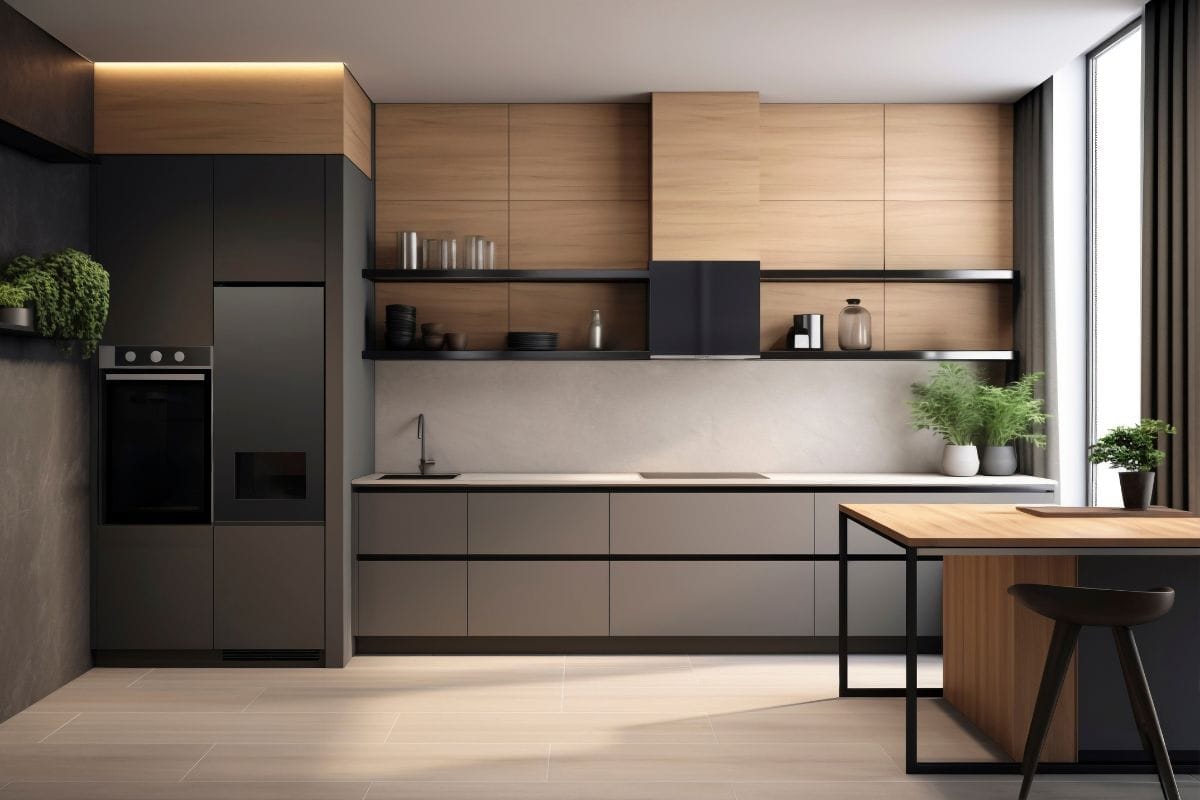
How Much does It Cost to Reface Kitchen Cabinets?
The cost to reface kitchen cabinets can change based on factors like kitchen size, materials chosen, and labor. On average, homeowners can expect to spend between $4500 and $13000. This refacing scope includes new doors, drawer fronts, veneers, and hardware.
Your material choice will significantly impact the costs. For example, wood veneers are generally more expensive than laminates. Labor costs also vary; hiring professionals ensures quality but adds to the expense.
While refacing kitchen cabinets cost more than a full cabinet replacement, it is crucial for you to consider the long-term value. High-quality materials and professional installation can enhance durability, making the investment worthwhile.
How Long Does Kitchen Cabinet Refacing Take?
The duration of refacing cabinets depends on the kitchen’s size and complexity. Typically, professional refacing takes between 2 to 5 days. This time frame includes removing old components, applying veneers, and installing new doors and hardware.
If you have already ordered custom doors or materials, you may need additional time for manufacturing and delivery. However, during the refacing process, your kitchen remains functional, minimizing disruption.
DIY kitchen cabinet refacing might extend over a week, depending on the individual’s skill level and available time. Proper planning and preparation can help streamline the process.
Can Any Cabinets be Refaced?
Not all cabinets are suitable for refacing. The existing cabinet boxes must be structurally sound, with no significant damage or warping. Materials like solid wood or plywood are ideal stuff, while particle boards may not hold veneers well.
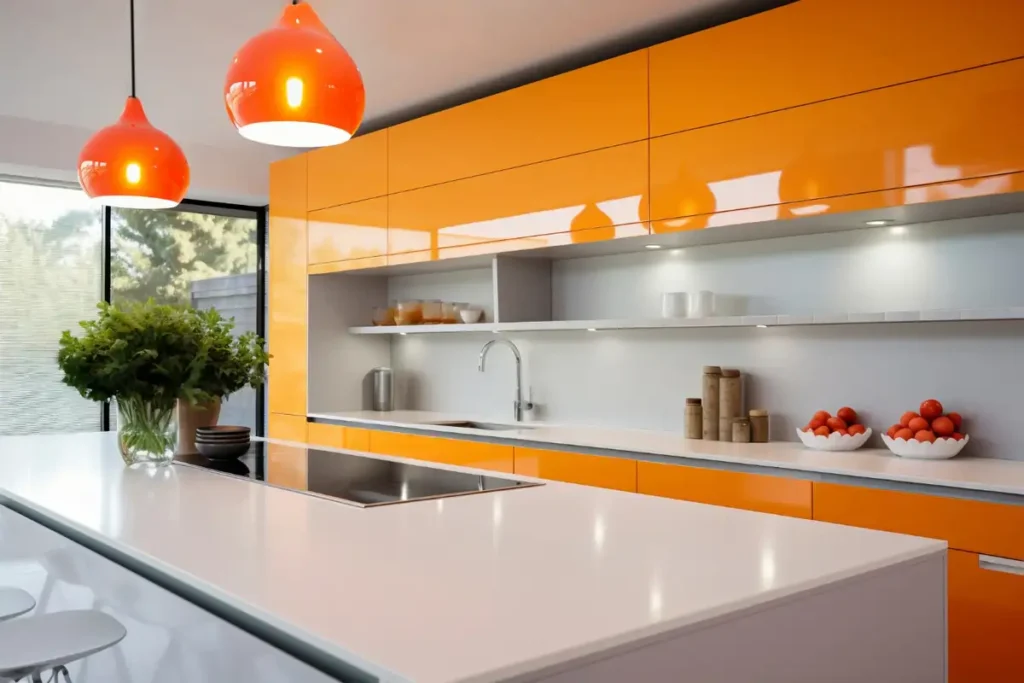
The layout should meet your current needs, as refacing doesn’t alter the cabinet configuration. If you are satisfied with the existing layout and the cabinets are in good condition, kitchen cabinet refacing is a viable option.
What Materials are Used in Cabinet Refacing?
Many types of materials are used in cabinet refacing to achieve a new look, as in the following:
Wood Veneer: Thin slices of real wood applied to cabinet surfaces, offering a natural appearance.
Laminate: A synthetic material available in many colors and patterns, it is known for its durability and affordability.
Rigid Thermofoil – RTF: A vinyl material molded over MDF, it gives a smooth finish and resistance to moisture.
Medium-Density Fiberboard – MDF: Engineered wood used for doors and drawer fronts, often painted or laminated.
Can I Reface Cabinets Myself?
Refacing cabinets can be a DIY project if you have the required skills and tools. It involves precise measurements, cutting veneers, and aligning doors, which can be challenging for amateurs or beginners.
Hiring a professional remodeler makes sure quality in craft and can be time saving. Professionals have experience handling potential issues, such as uneven surfaces or complex layouts, and perfect finishing of the cabinets.
What Design Options are Available When Refacing Cabinets?
You can find a plethora designs for your cabinet doors and frames to refacing your cabinets:
1. Choosing designs for Cabinet Door, Panel, and Frames
The options for cabinet doors include traditional Shaker, slab, raised panel,flat-front, glass front, rustic. Each of these brings a distinct and classy look to your cabinet doors.
For the cabinet panels you can go for a recessed; flat center panel surrounded by a slightly higher rim, raised center panel with a decorative rim, flat panel with no rim, or a beadboard that features a center panel of vertical wood planks.
For the cabinet frames you must paint it properly, stain it for natural wood grain, or can also veneer it if you want to add a thin layer of wood to the cabinet surface.
2. Material
You can choose from wood veneers, laminates, or RTF, depending on your desired kitchen cabinet refacing goal for finish and maintenance level.
3. Colors and Finishes
You can simply choose from classic whites and natural wood tones to bold hues, the color palette is extensive. You need to match it with your overall kitchen design.
4. Hardware
You must update hardware with new knobs, pulls, and hinges to complement the new cabinet style.
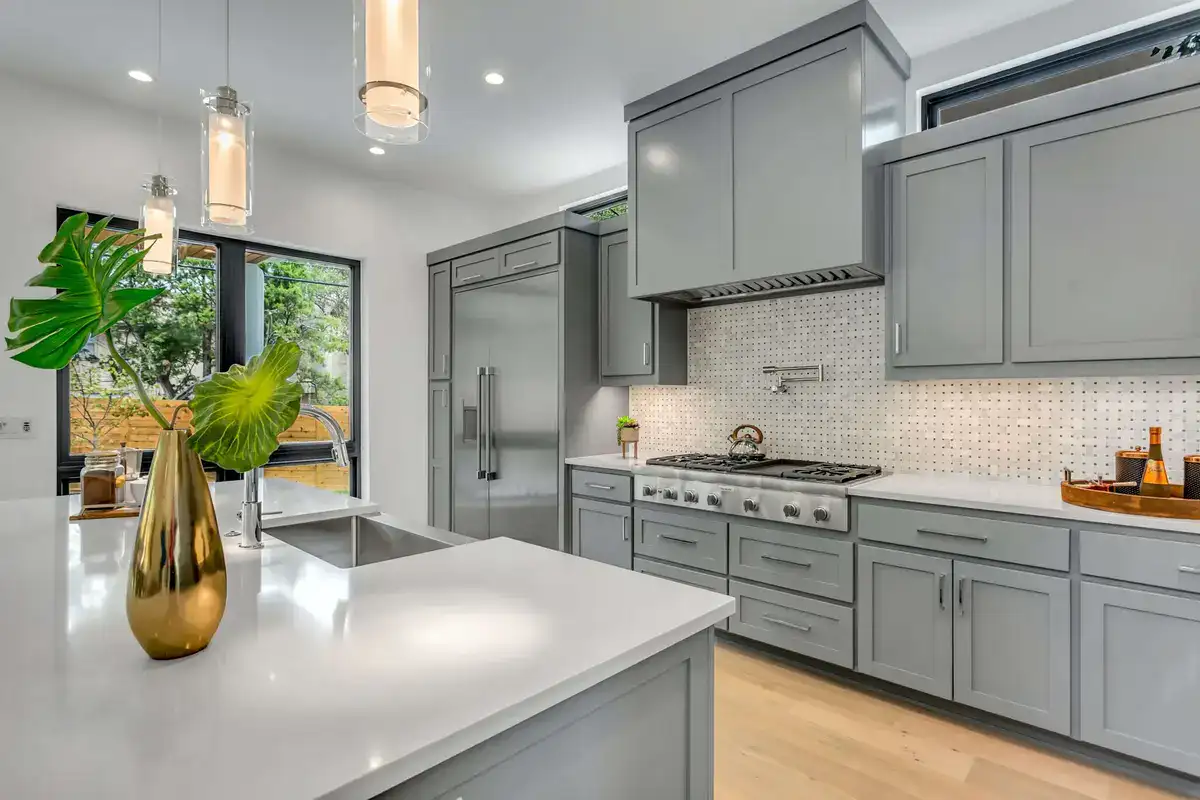
How Do I Maintain My Refaced Cabinets?
1. You should clean cabinets regularly, wipe surfaces with a soft cloth and mild detergent.
2. You should use clean spills promptly to prevent staining or warping, especially on wood veneers.
3. Protect the kitchen from moisture; must be well-ventilated to reduce humidity, which can affect adhesives and materials.
4. You must use cabinet handles to open doors, it minimizes direct contact with surfaces to reduce wear.
5. Casually check and tighten hinges and handles to maintain functionality.
FAQs
Is it worth it to reface kitchen cabinets?
Yes, refacing kitchen cabinet is worth it if your cabinet boxes are in good condition and you want a fresh look without the cost of full replacement. Consider potential problems with refacing kitchen cabinets, like poor adhesion or outdated box structures, before deciding.
What does kitchen cabinet refacing include?
Refacing cabinet includes replacing cabinet doors and drawer fronts, applying veneer to the boxes, and updating hardware.
Do you have to remove countertops to reface cabinets?
No, kitchen cabinet refacing does not require removing countertops since the cabinet structure stays intact.
Is it cheaper to reface cabinets or repaint them?
Repainting is usually cheaper, but kitchen cabinet refacing offers a more complete and durable transformation.
What is the cheapest way to reface kitchen cabinets?
Using laminate materials and doing it yourself is the cheapest way to perform kitchen cabinet refacing.
To discover how to choose the right kitchen cabinets, visit our page for expert guidance. 